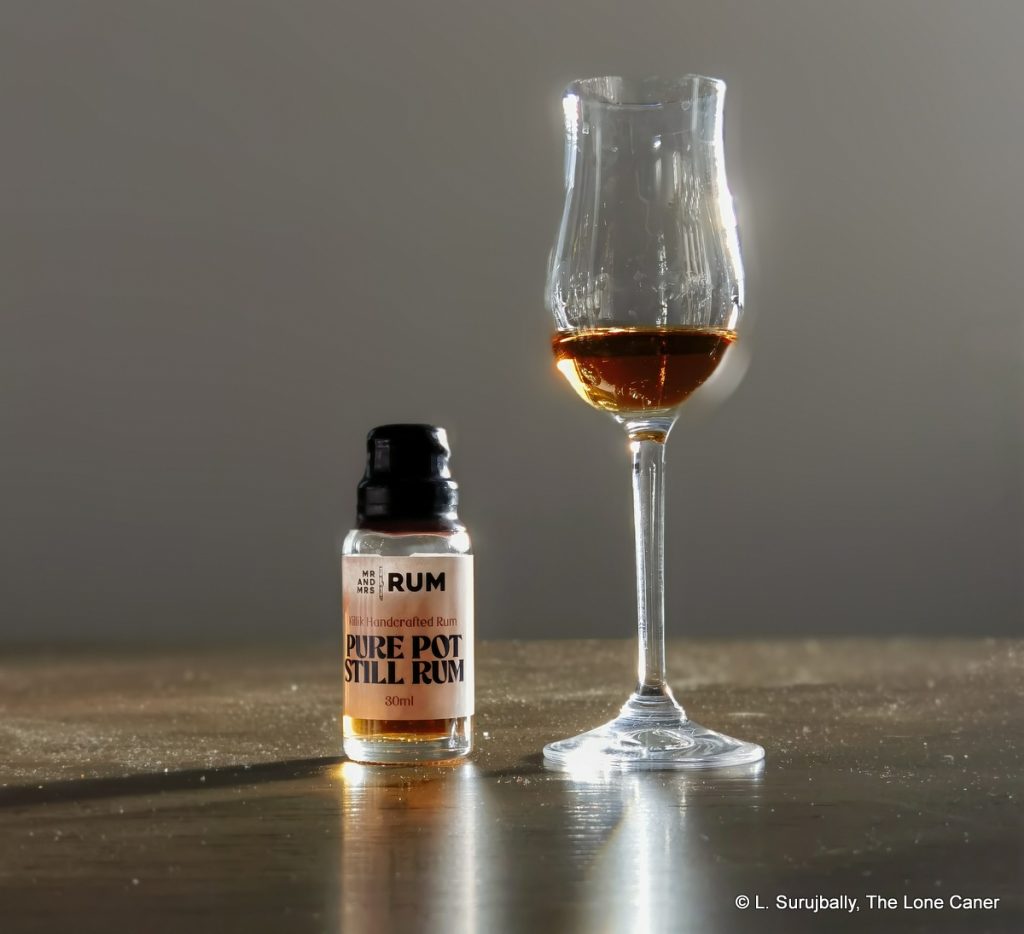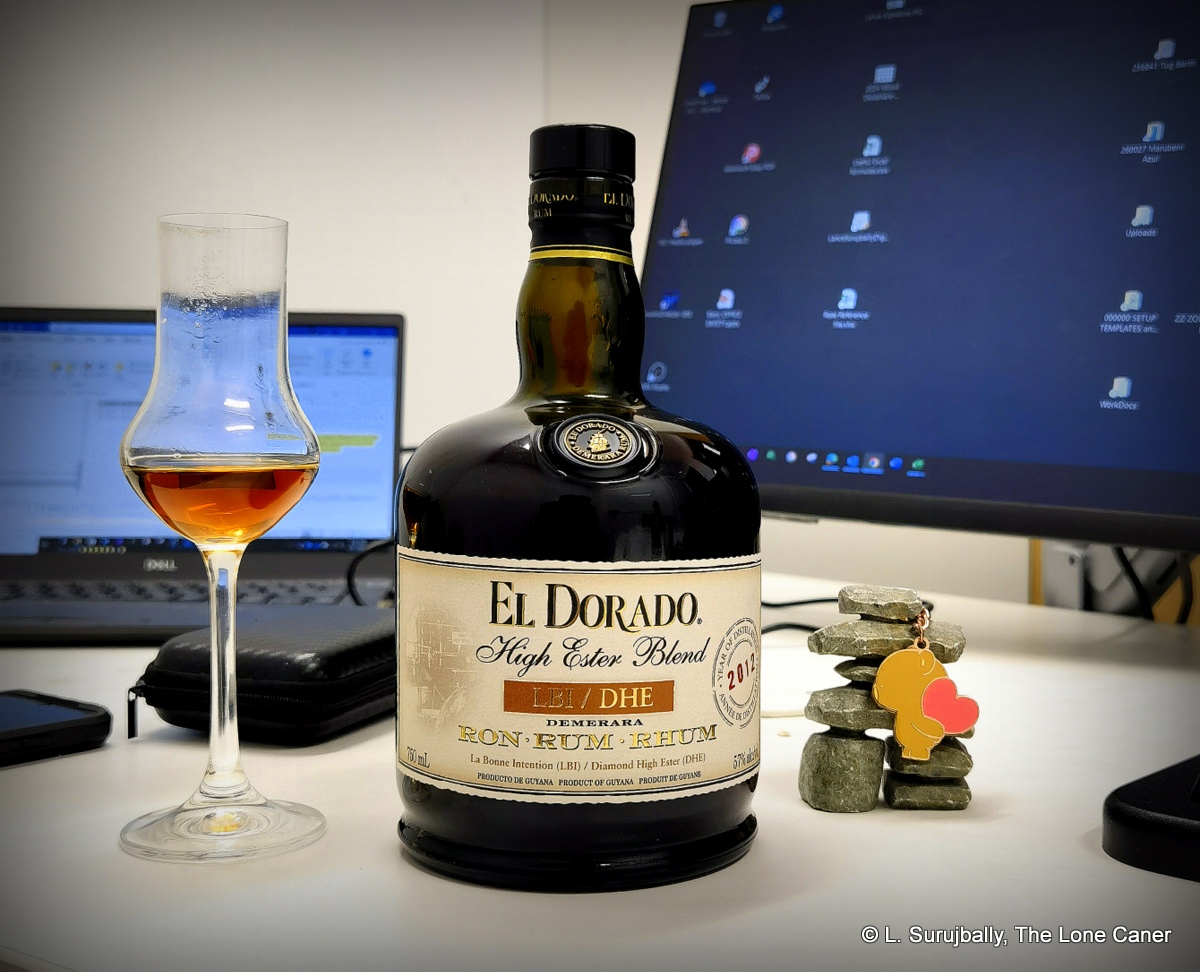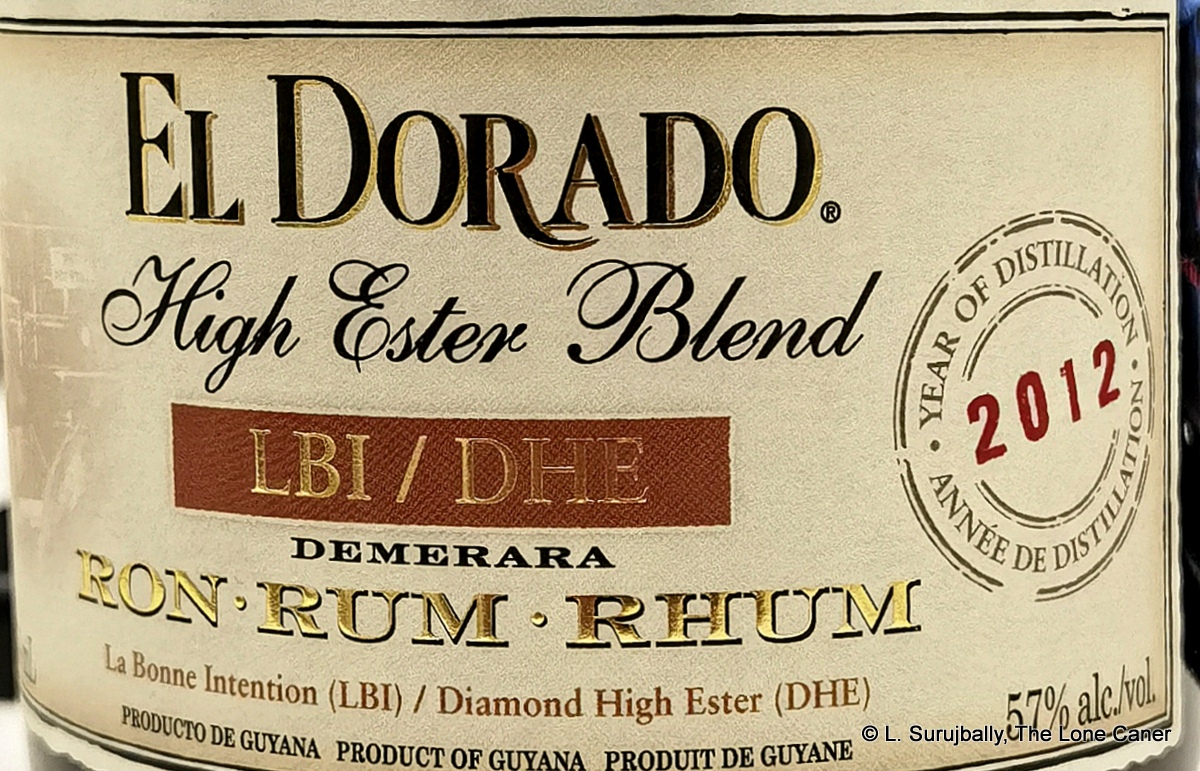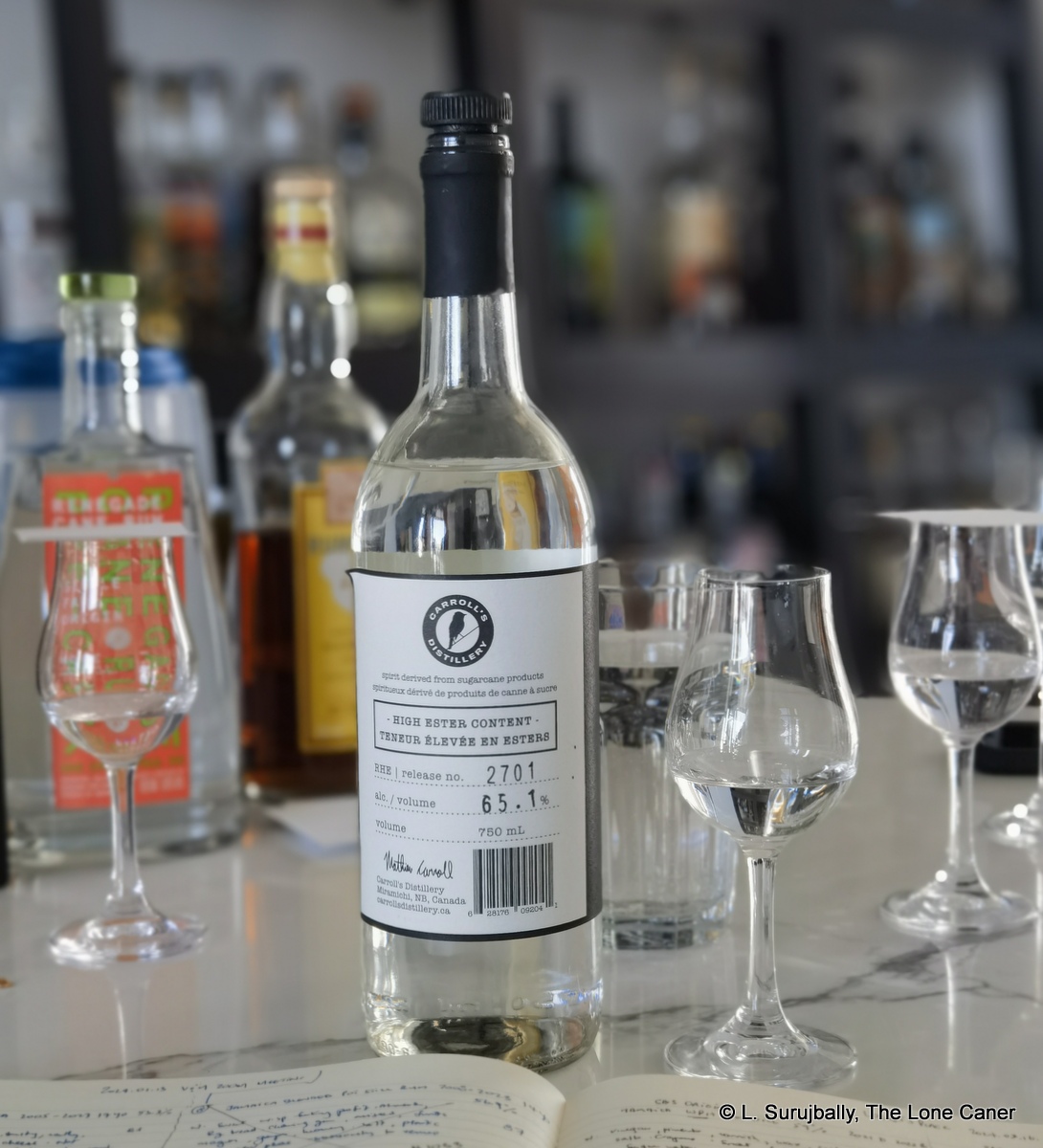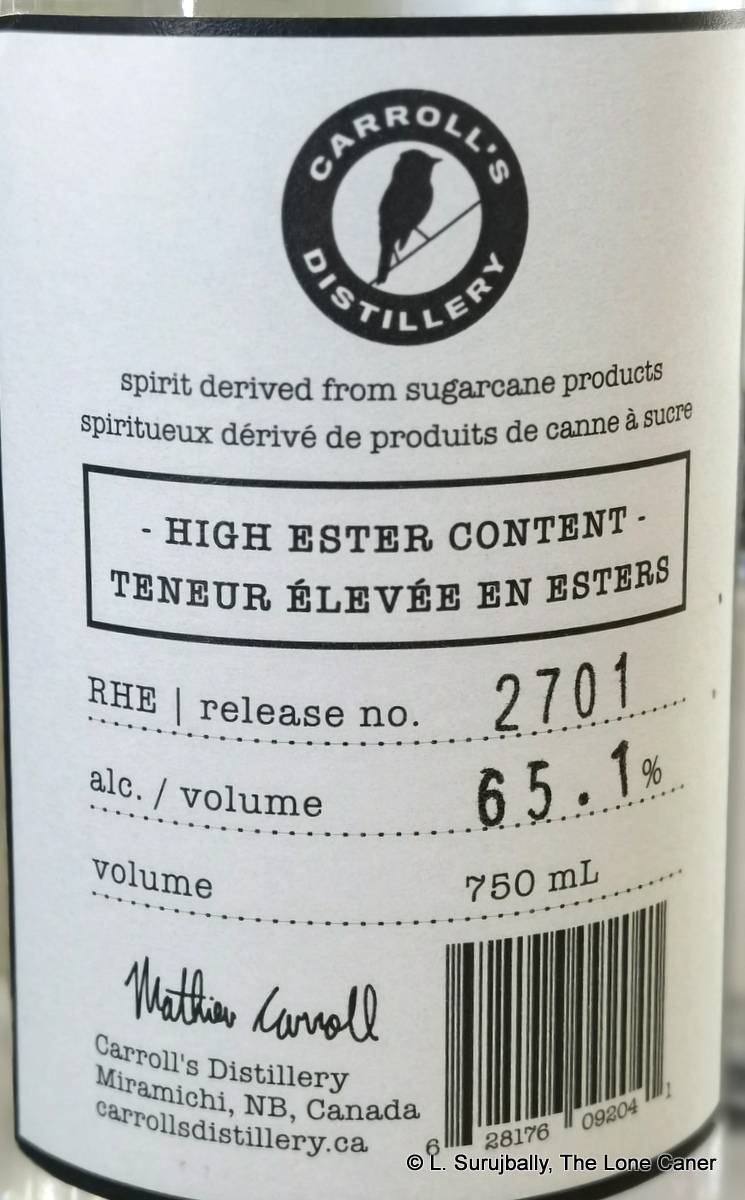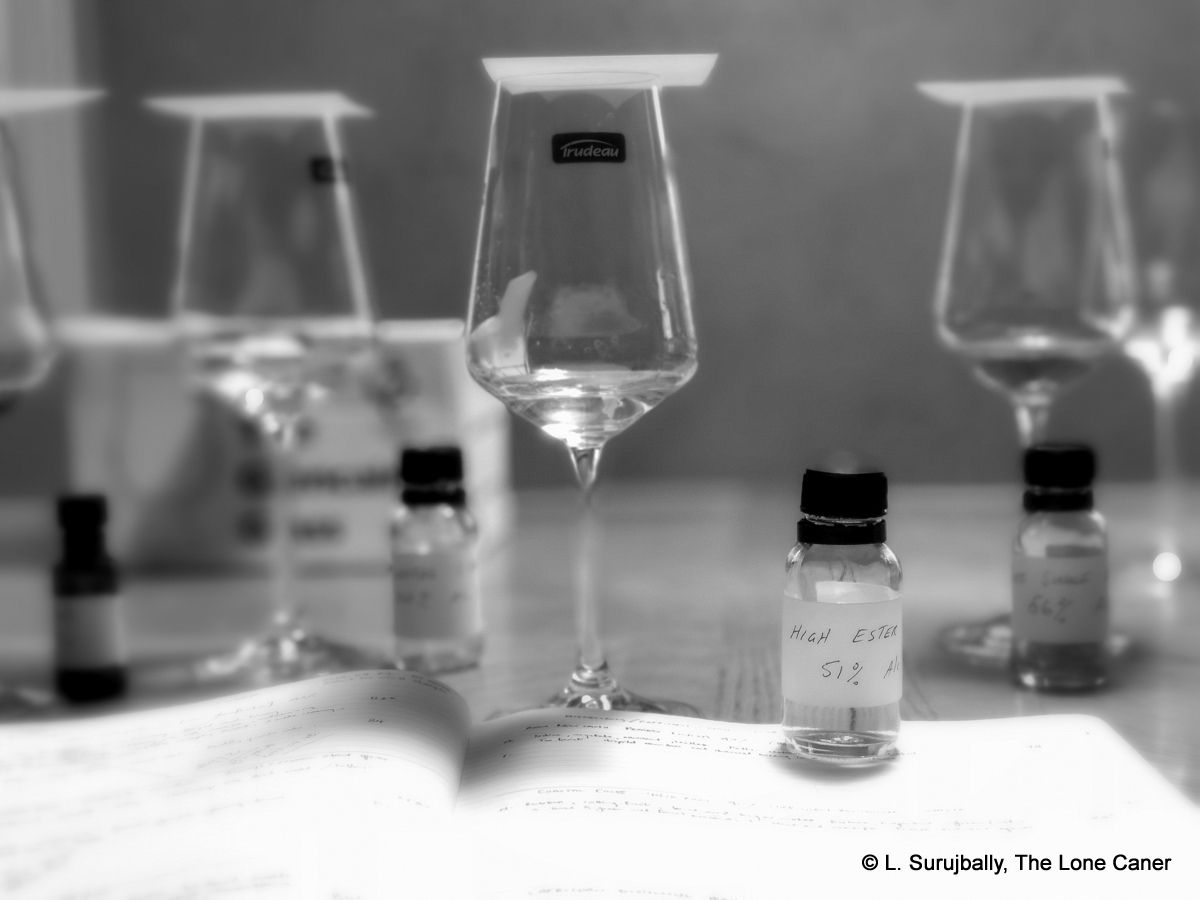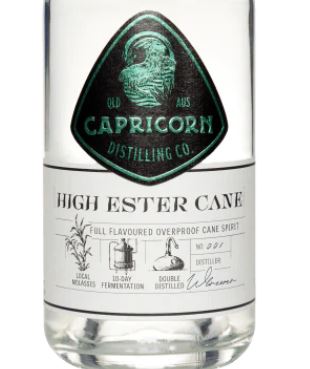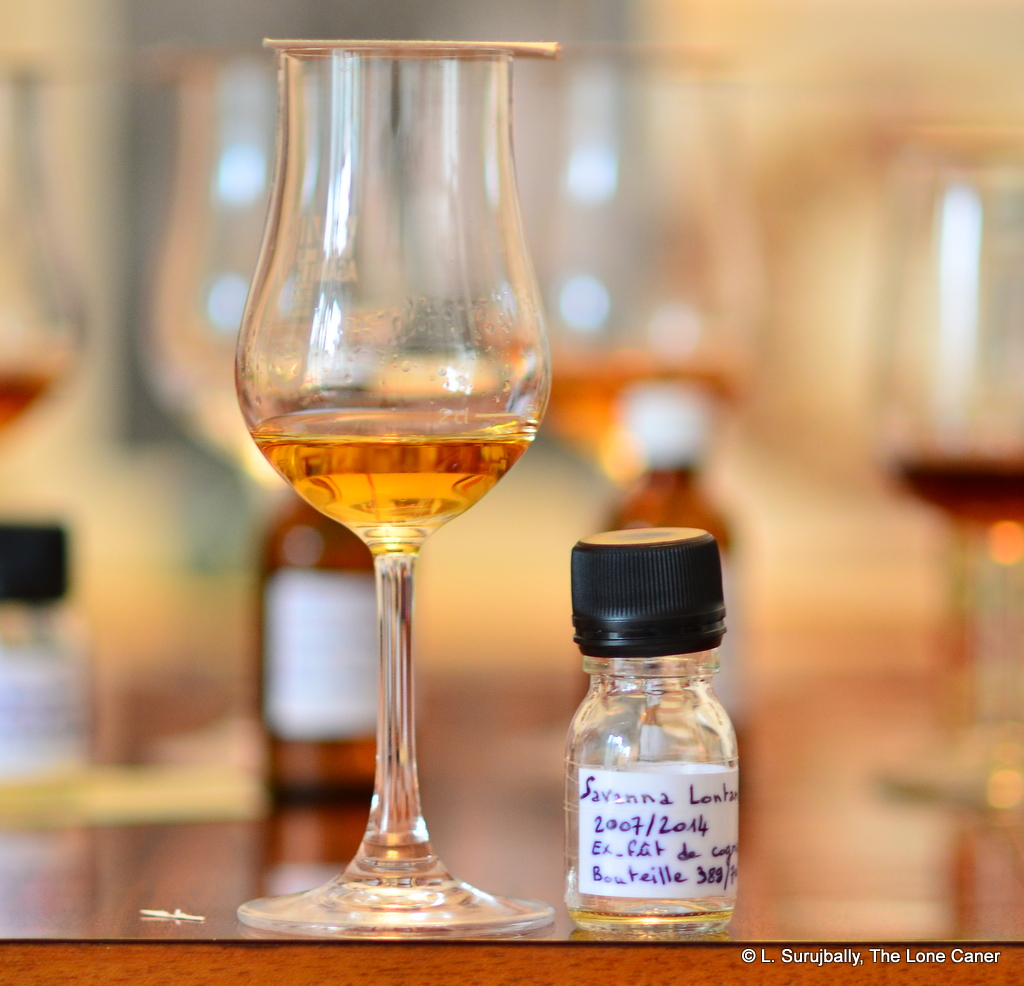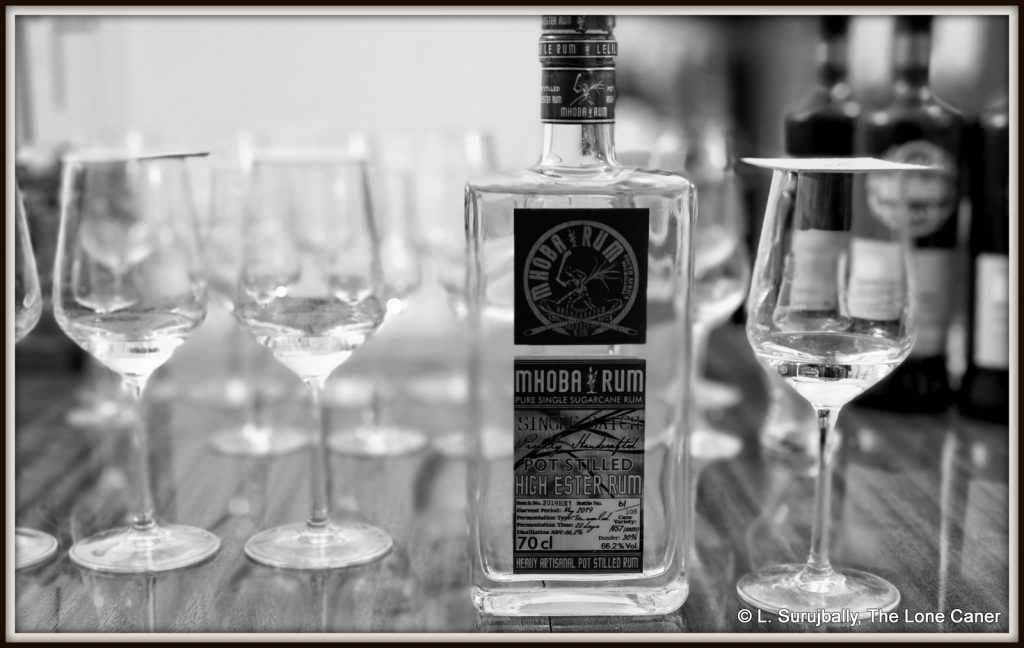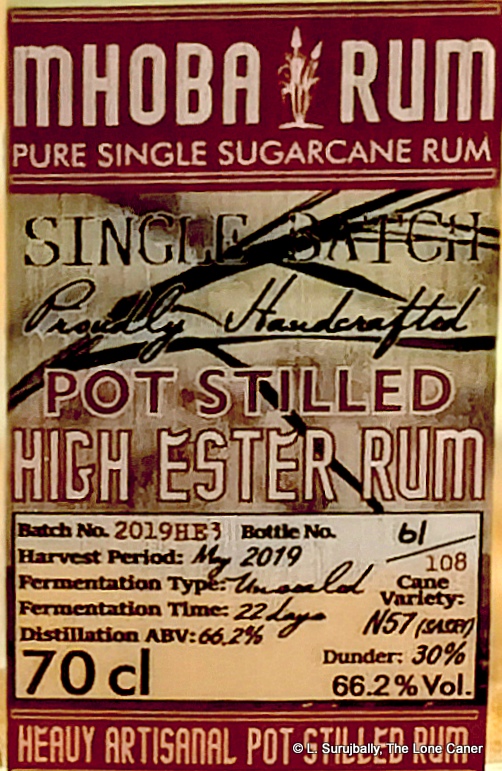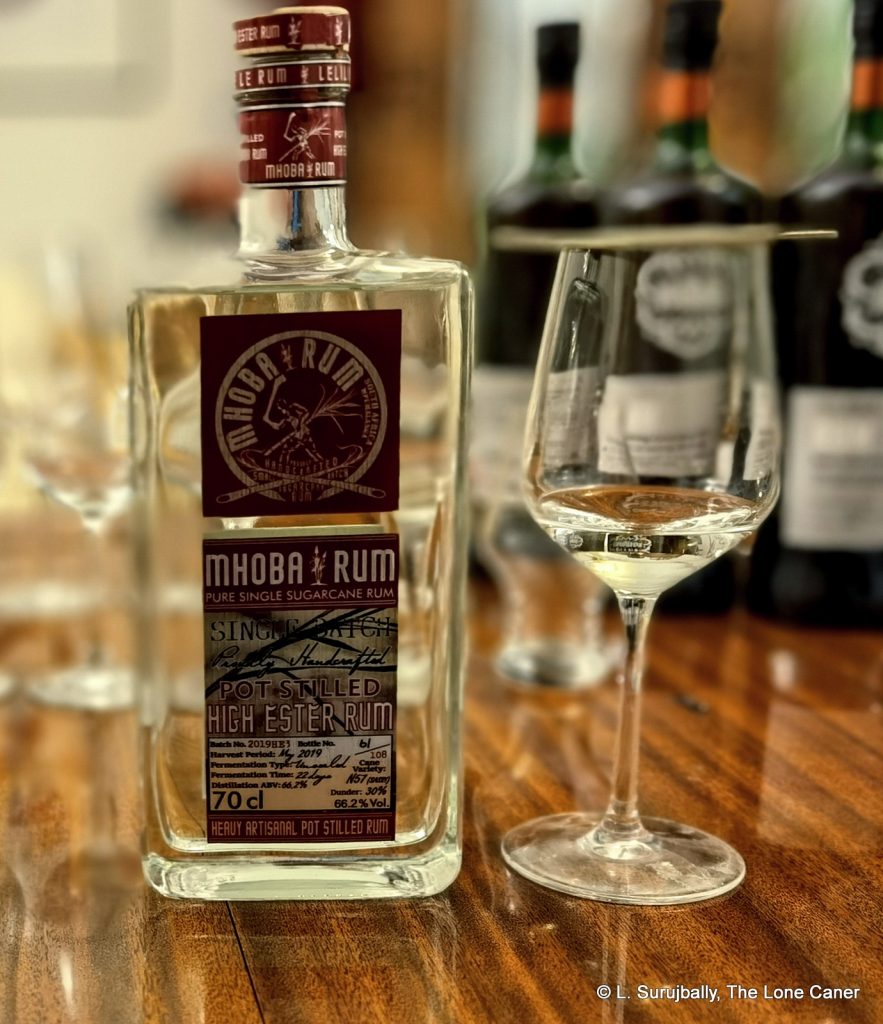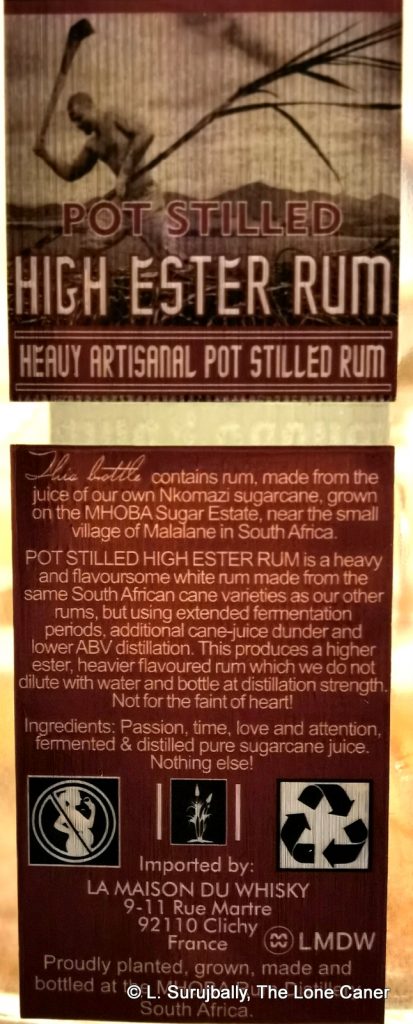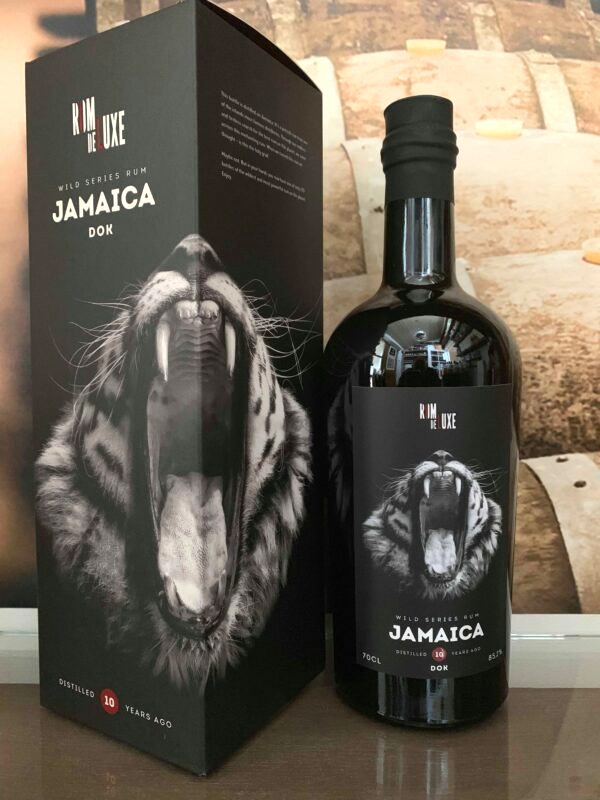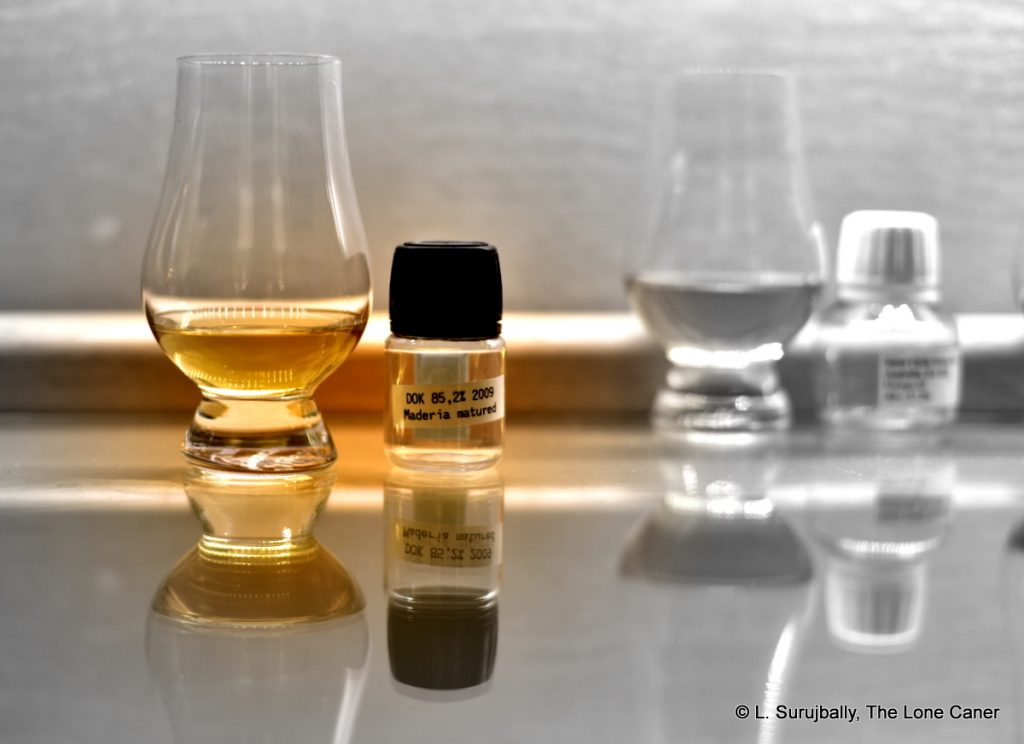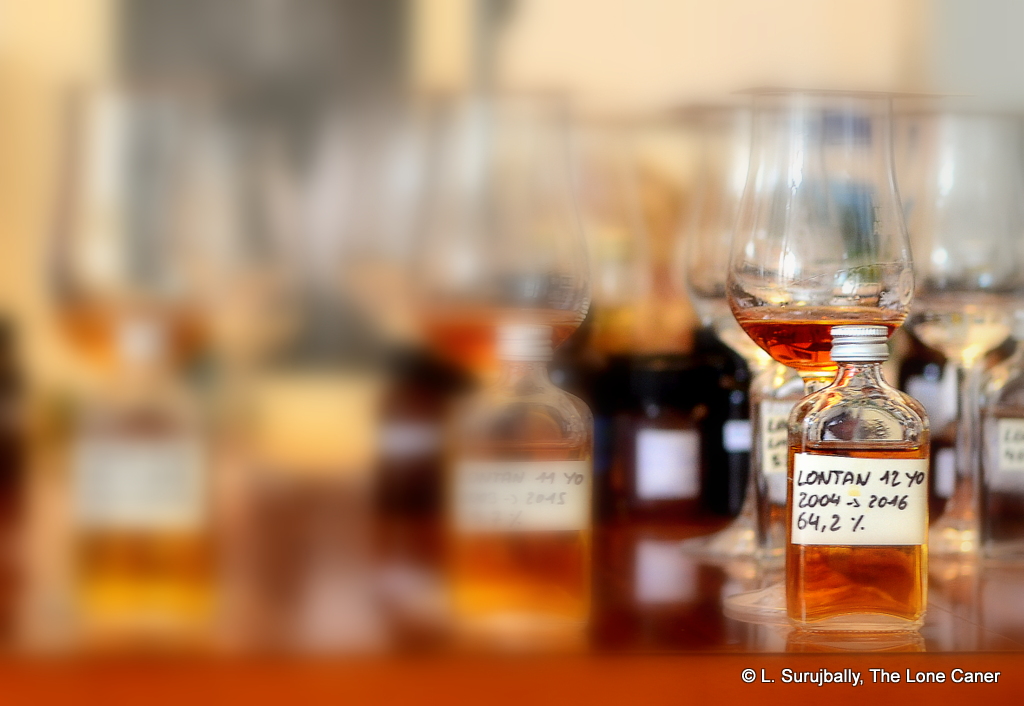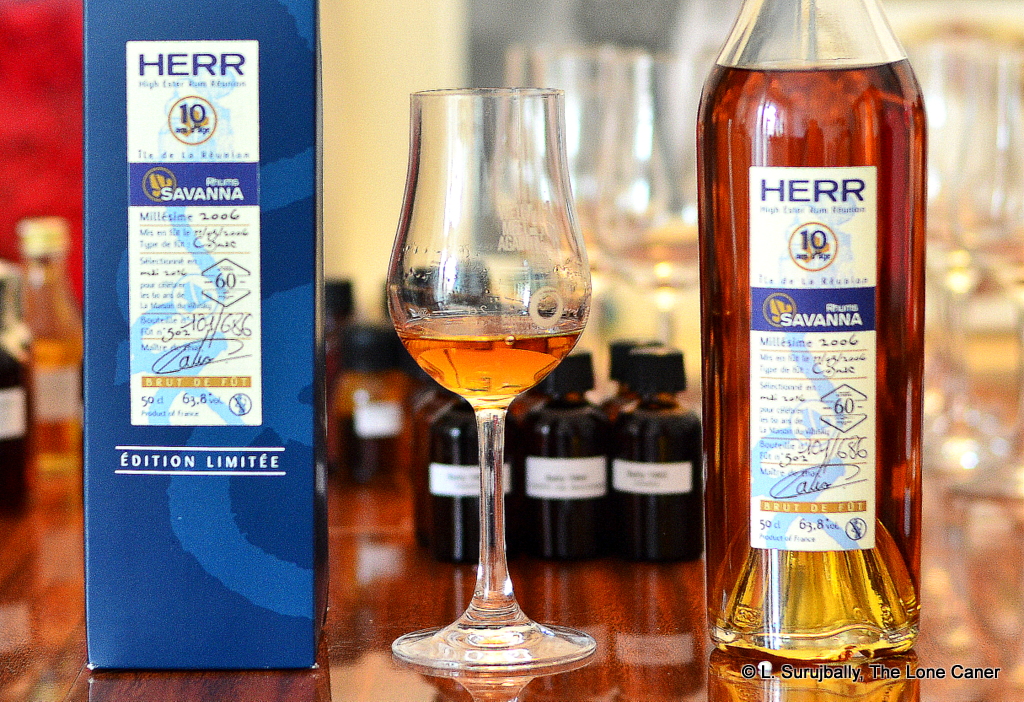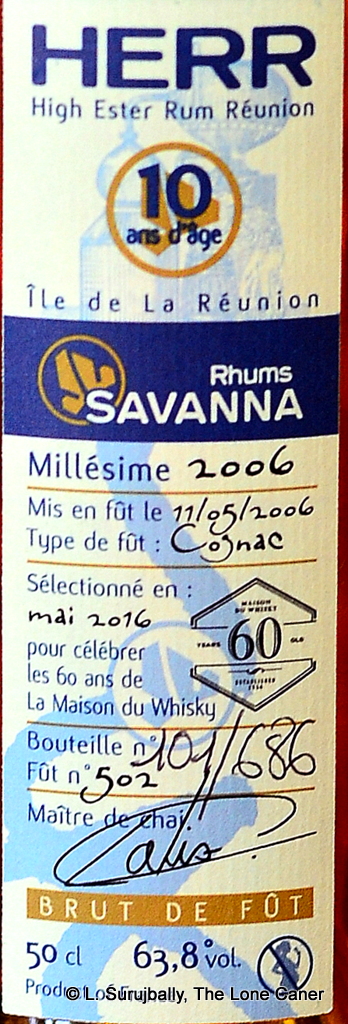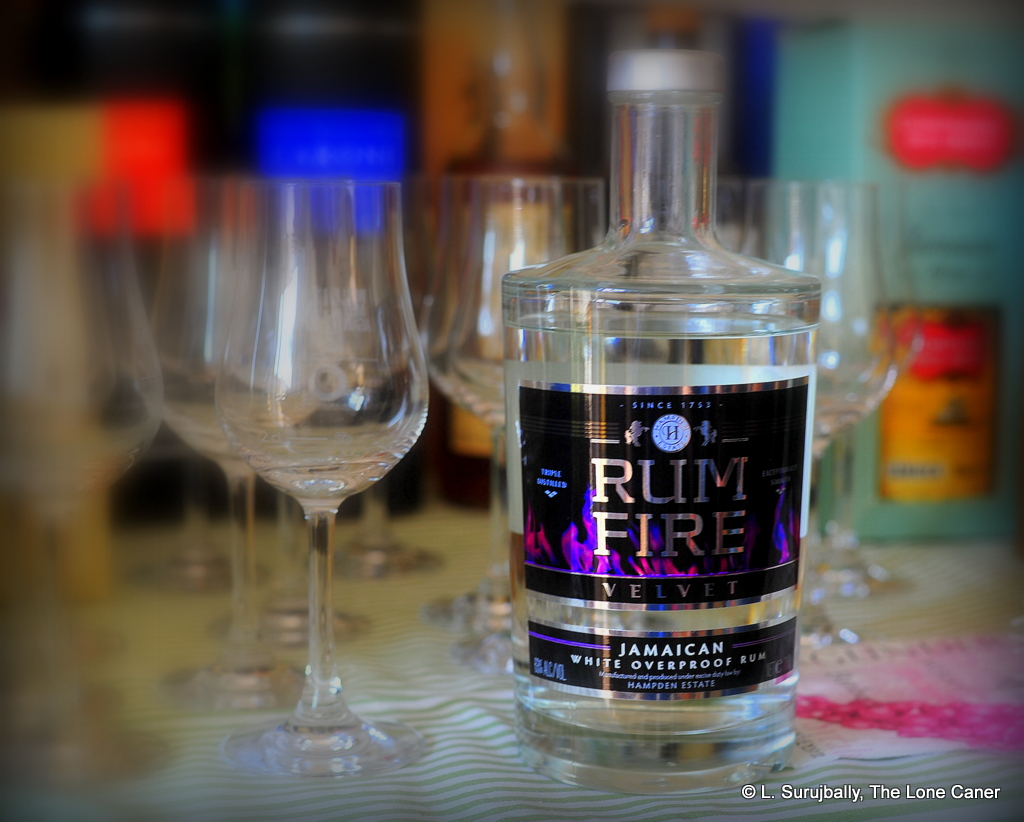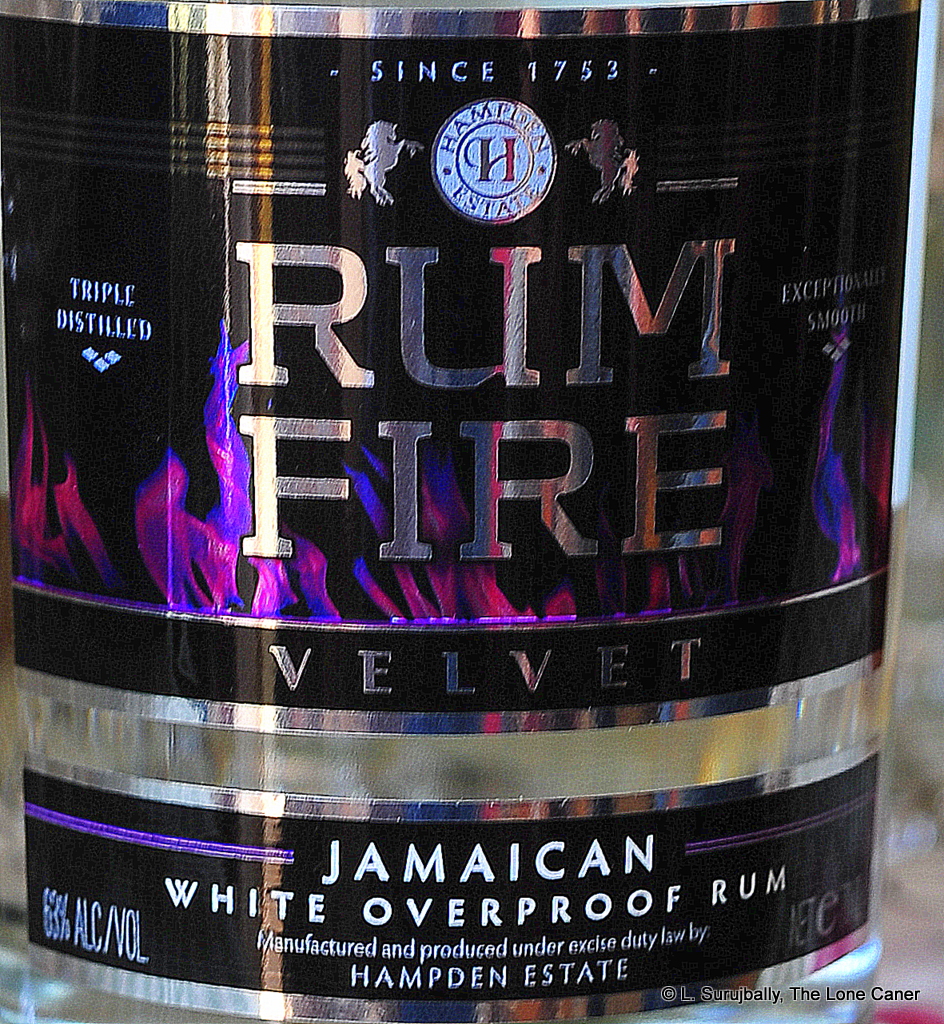There aren’t a whole lot of rums in Australia that charge full bore and headlong into fullproof territory, but Killik, a small distillery from Victoria, has never shied away from releasing some seriously batsh*t crazy rums. These are the same happy chappies who, if you recall, experimented relentlessly with muck pits and dunder, supercharged their wash and unleashed a high-ester, hogo-laden juice — the shuddering white shredder of the 59% Silver Overproof, remember that feral blast? — onto an unsuspecting rumiverse back in 2021. You can be sure Ben and Callan Pratt have lost none of their fiendish delight in making more such spirituous codpieces in the intervening period.
All this sounds like I’m just making stuff up to tell a better story, but not really. Shorn of the flowery language, the basic facts are in evidence: Killik Handcrafted Rum (this is the actual name of the company and a clever way to get around Australia’s two-year “rum-naming” limit) started life as a beer brewing enterprise in 2009 before the brothers had a come-to-rum-Jesus moment and started making the good stuff in 2019. Unusual for distillers, they professed a certain indifference to distillation equipment, and focused their attention on robust yeast strains, bacterial cultures, muck pits and boosting their ester counts like a skilled demo expert laying his charges.
To this day such pot still high ester rums are not huge sellers in Australia, and remain a small proportion of the company’s sales — gins, lesser proofed rums and flavoured editions sell much more briskly. But squirrelled away in the portfolio is the 59% Single Cask Release, which is of similar provenance and style to this rum, and shows the direction the distillery would prefer to go. Alas, for now, it would appear that the Australian public remains unmoved by the style.
Too bad: but if that’s still the case, then I think this 62% ABV pot still high ester rum, which remains unreleased and will be issued in late 2024, will likely shiver their timbers like an anchor to the head. The rum noses so richly, is so luscious and so bright that it’s hard to know where to begin. Right away, it’s pineapples, soft yellow ripe fruits (including some overripe ones) – peaches, apricots, Thai mangoes, and behind that lurk subtler notes of orange peel, a white wine vinegar, figs, cucumbers and sour cranberries, leavened with some vanilla, honey and a light dusting of brown sugar. Nice!
It’s also remarkably easy to sip, in spite of that growly strength. It’s harsh edges have been sanded off and it’s not scratchy at all – in fact, it presents as easier than the proof point would suggest, with a firm, warm taste of very ripe cherries, apricots, marshmallows, toffee, cinnamon and ginger. And even after an hour, perhaps just to prove it’s not quite dead yet, it coughs up a last note of stewed apples, caramel, vanilla and again, a trace of orange peel and cardamom. As for the finish, it’s shy of biblical – we can’t have everything, I guess – yet it lasts, and there’s a shy exit of fruits, spices, papaya, watermelons and bubble gum that provides a good ending to the experience.
Overall, this is a rum I can only admire, and even for its relatively young age, the 62% ABV is a plus, not a disqualifier, allowing strong, clear tastes to come forward and be counted. The funkiness of a Jamaican high ester rum is on full display, yet it’s obviously not from there – by some quiet alchemy of the distiller’s art, it is completely standalone product that pays homage to its roots in De Yaad without slavishly adhering to every single note from the pantheon, allowing it to be seen as a distinctly Australian product. This may finally be the product that will convince the good rumizens of Oz to take note of what funk is and how interesting it can be when done right.
Back when I reviewed Killik’s Silver Overproof, I remarked that it was so well made that Jamaican rum lovers might want to cast a covetous eye over Down Under. With this rum, the company proves that that one rum was no mere happenstance, and now it’s just not high-ester funk lovers who should pay attention, but the distilleries themselves. When this thing gets released, if it doesn’t fly off the shelves, Killik should seriously consider exporting it to Jamaica.
(#1091)(87/100) ⭐⭐⭐⭐
Other notes
- Video Recap is here.
- The rum is currently slated for release in late 2024 and so will be different when issued because of the additional ageing. I maintain that it will be close to what I describe though, and is worth considering.
- Production stats: made from Queensland molasses and sugar, used in conjunction with their muck pits (as far as I am aware, so far they are the only distillery to seriously use this technique). Brewer’s yeast used in the primary ferment for the first two weeks in closed and controlled fermentation vessels: the low wines are then transferred to a secondary vessel for further open fermentation which can vary in length depending on the characters produced from anything to a further two weeks, to a month or more, after which it is run through their hybrid still in a pure pot configuration, and the set to age in re-coopered, re-shaved and charred American Chardonnay barrels. At the time the sample was prepped for the calendar in early 2023 the rum was just over two years old, but by the time they get around to commercially releasing it this year, it will be closer to four. The ester count, alas, is unknown
